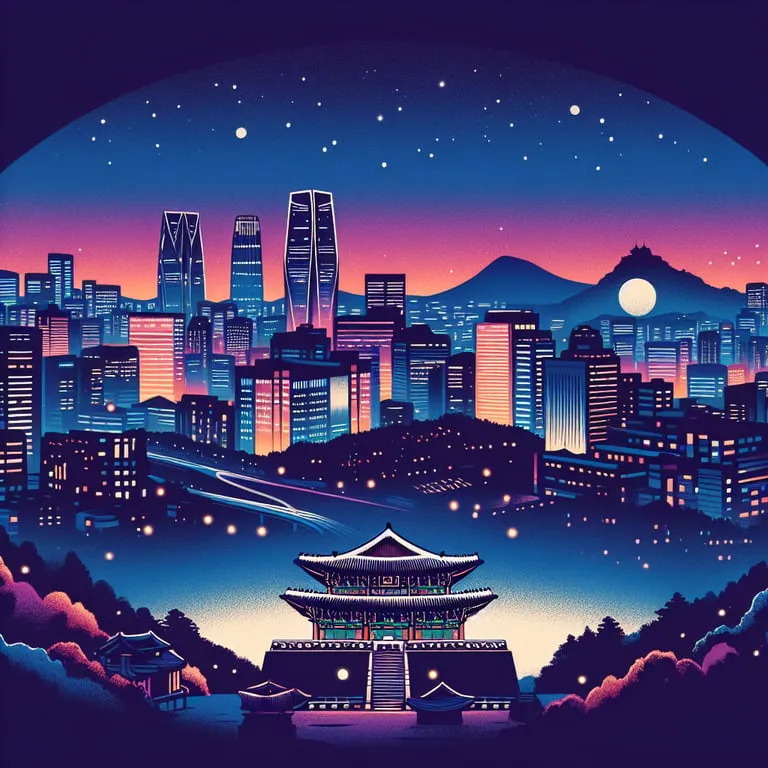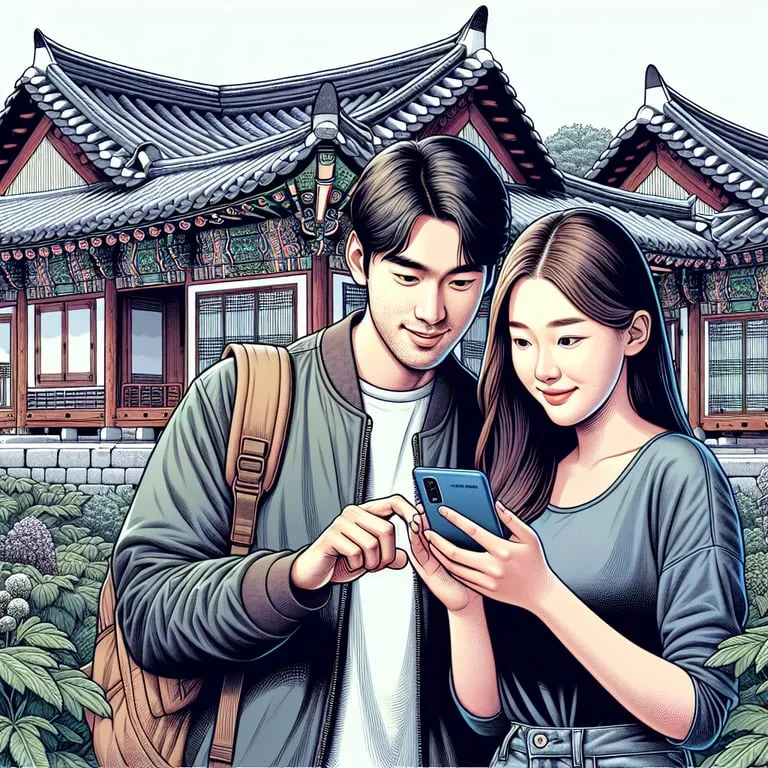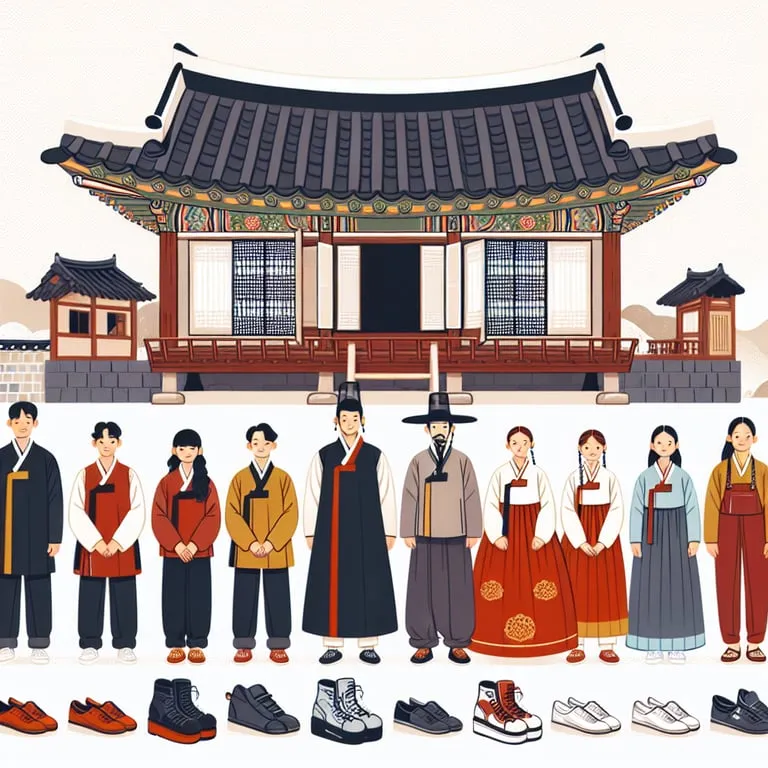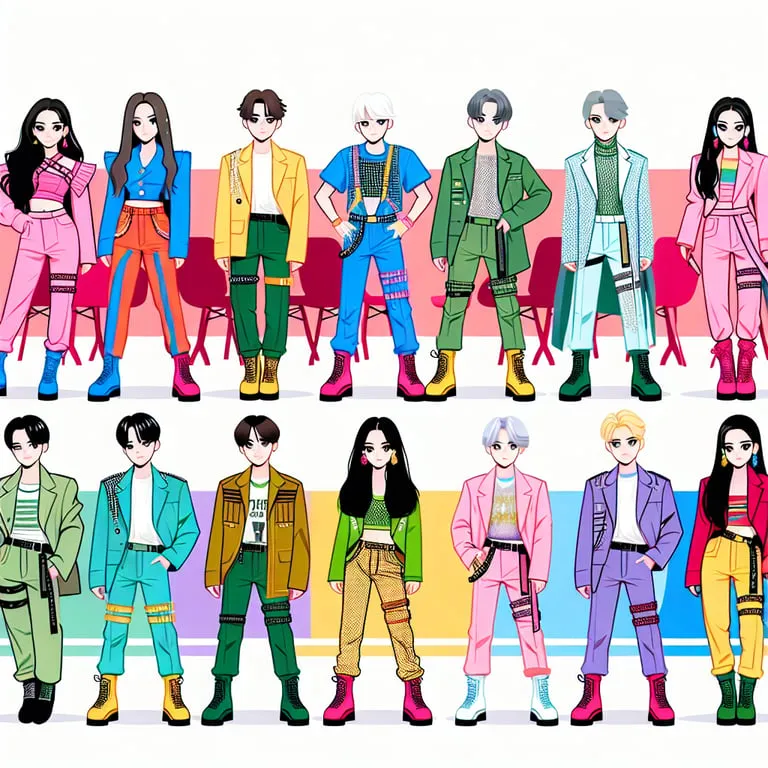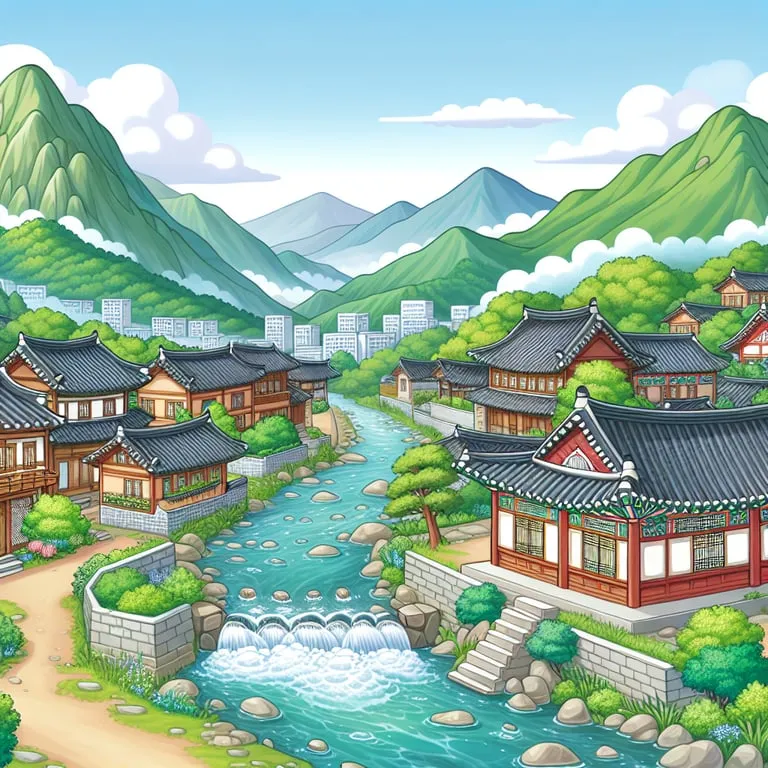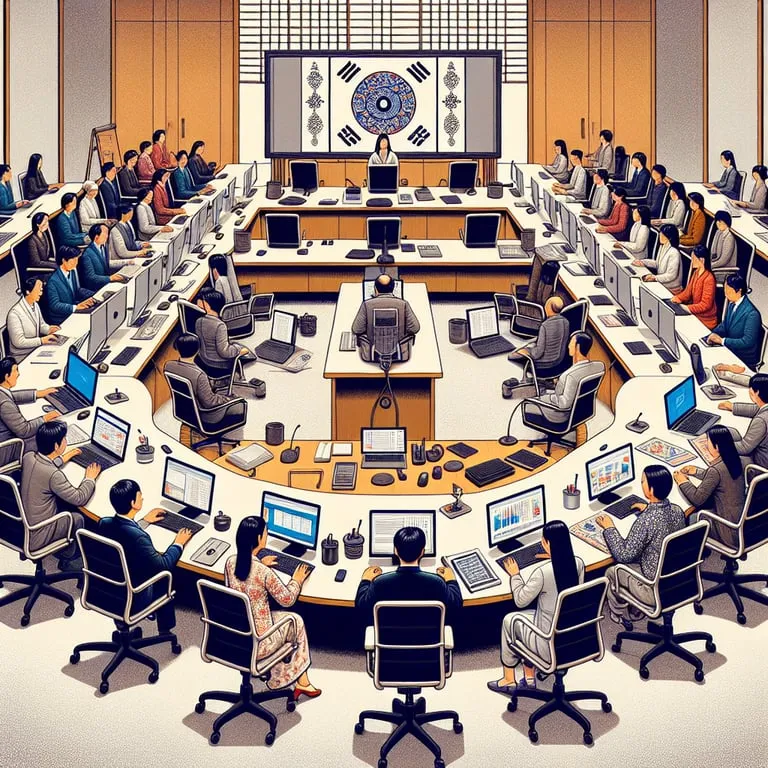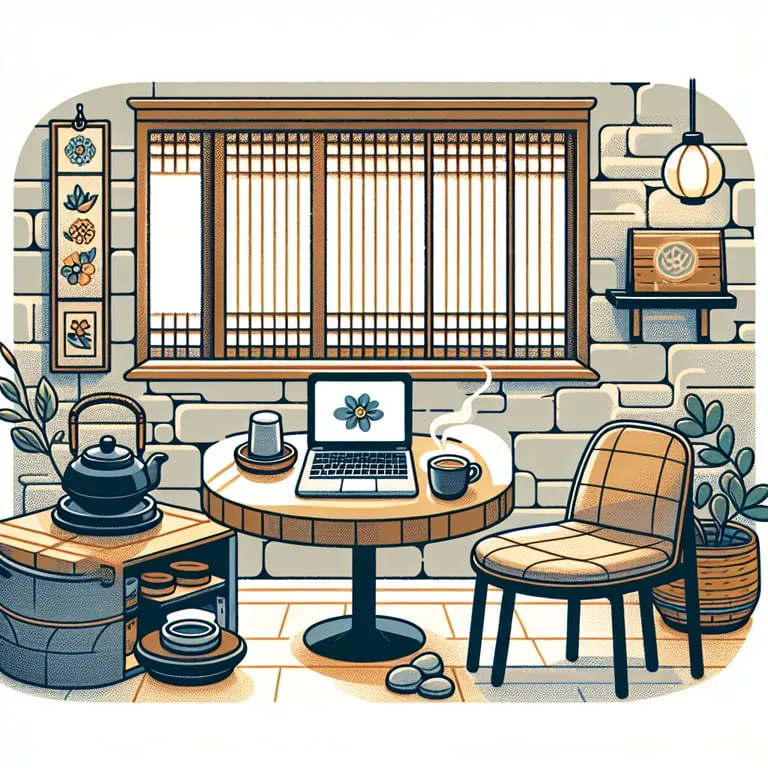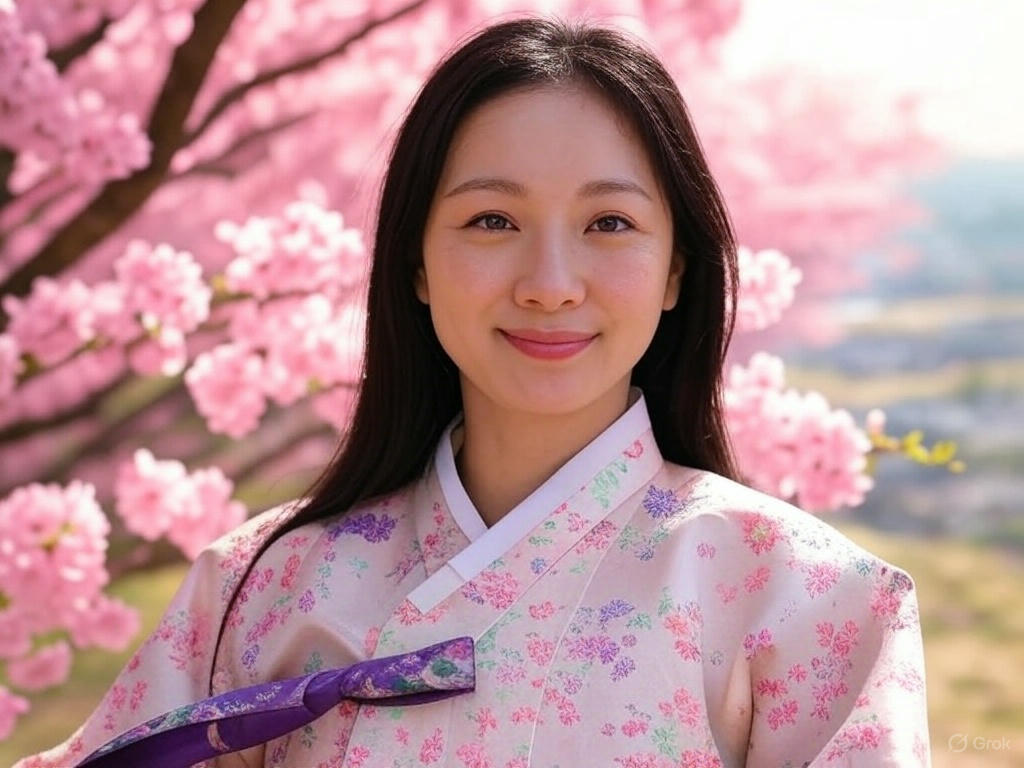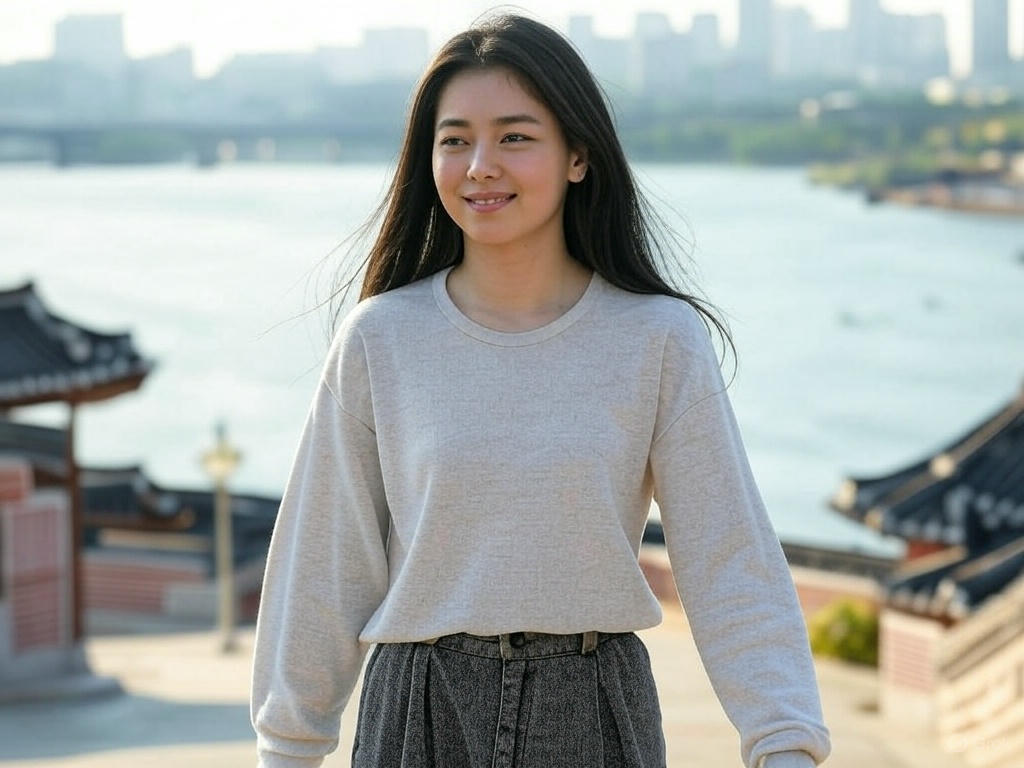Are you a K-Drama fan eager to delve deeper into the captivating world of Korean entertainment? Understanding Korean slang can significantly enhance your viewing experience, offering richer insights into character dynamics and plot developments. This blog post is your gateway to grasping essential Korean slang terms commonly used in popular dramas. These expressions are not only trendy but also integral to everyday Korean conversations. By mastering these slang words, you can converse more naturally and authentically with Korean speakers. Additionally, remembering these terms is made easier with expert tips provided here. Prepare to elevate your K-Drama enjoyment to new heights.
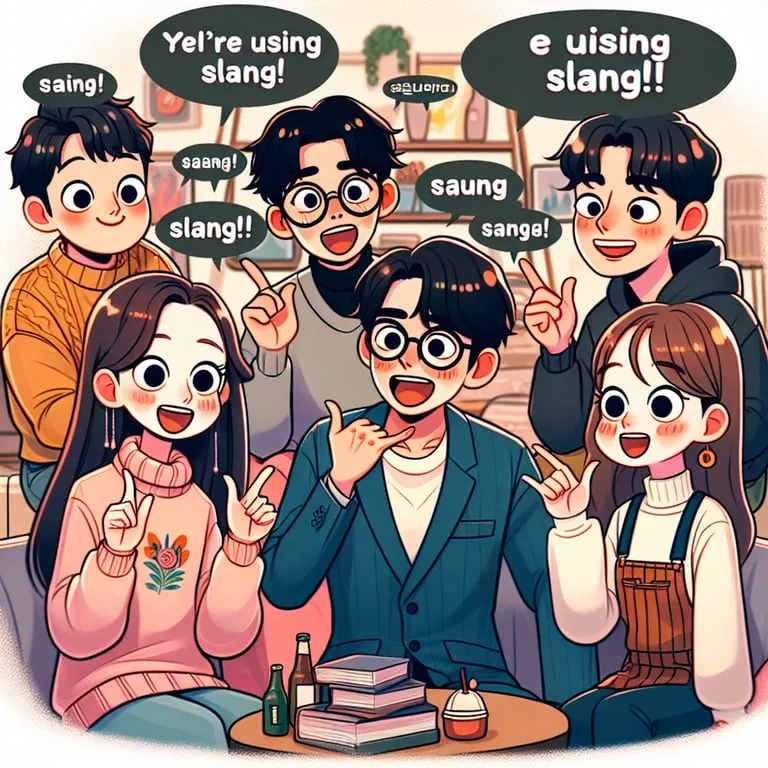
Understanding Common Korean Slang Terms
Korean slang has carved out a significant niche in the language landscape, and for fans of K-Dramas, a basic understanding of these expressions is essential. Indeed, to grasp the nuances of character interactions and cultural humor, it’s critical to be versed in the language of everyday Koreans. Here, we’ll explore and decipher some prevalent slang terms frequently encountered in K-Dramas. These terms bridge the conversational gap between scripted dialogues and real-life Korean communication, providing deeper insights into the language.
The Significance of “대박” (daebak)
The term “대박” (daebak) is a versatile exclamation that means ‘awesome’ or ‘great success.’ You’ll hear this word in nearly every K-Drama and the streets of Seoul alike. It reflects excitement, shock, or acknowledgment of something surprising, akin to saying “OMG” or “That’s epic!” in English.
Understanding “쩐다” (jjeonda)
Next is “쩐다” (jjeonda), often used by younger generations to express astonishment over something incredible. It’s a slang adaptation of the verb ‘찌그러졌다’ which translates literally to “crushed” or “ruined,” but in a modern context, it conveys the ultimate coolness or amazement.
The Multipurpose “헐” (heol)
Furthermore, “헐” (heol) is an exclamatory word evoking disbelief or shock. Think of it as the Korean equivalent of “Whoa!” or “No way!” It’s a short yet powerful term that captures surprise and is commonly used across a wide array of social interactions in dramas.
The Concept of “멀미” (meolmi) and “밀당” (mildang)
The noun “멀미” (meolmi) typically means motion sickness, but in K-Drama slang, it extends into “밀당” (mildang), a playful metaphor for the push-and-pull dynamics witnessed in romantic K-Dramas. Derived from the words ‘밀고’ (to push) and ‘당기다’ (to pull), mildang encapsulates the teasing, cat-and-mouse scenarios between love interests, vividly illustrated through their interactions.
Exaggeration in “피곤해” (pigonhae)
Moreover, “피곤해” (pigonhae) commonly denotes physical or mental fatigue. Yet, in the slang context, it can suggest something being ‘too much’ or overwhelming, often delivered with a tone suggesting a lengthy, amusing tirade or comedic complaint.
The Quirkiness of “4차원” (sachawon)
Delving into numerically-associated slang, “4차원” (sachawon), translating to “fourth-dimensional,” describes someone with unusual and quirky characteristics, typically in an endearing or intriguing way. The term disrupts the standard three-dimensional perspective and imparts an otherworldly, often lovably unconventional, personality trait ascribed to certain characters.
Encouragement Through “화이팅” (hwa-i-ting)
K-Drama aficionados will also recognize “화이팅” (hwa-i-ting) or “파이팅” (pa-i-ting), borrowed from the English ‘fighting,’ which stands as a term of encouragement. It acts as a rallying cry, similar to “Go team!” or “You can do it!” in English, embodying support and morale boosting.
The Quick Love “금사빠” (geumsappa)
Lastly, “금사빠” (geumsappa) is a modern contraction peculiar to our contemporary times. Representing the phrase “금방 사랑에 빠지는 사람” (geumbang sarang-e ppajineun saram), it depicts a person who easily falls in love or experiences swift emotional attachment, highlighting the propensity for immediate affection often seen in on-screen romances.
Each of these terms conveys more than meaning—they tap into mentality and culture. Understanding and appreciating these slangs provide not only the toolset to engage with K-Dramas more fully but also a gateway into the dynamic, expressive world that is contemporary Korean society. Keeping abreast of these expressions will ensure you’re on the cutting edge, embracing Korean pop culture with both flair and authenticity.
How to Use Korean Slang in Everyday Conversation
Mastering Korean slang can transform a typical conversation into an engaging and lively exchange. In Korea, slang is not merely a linguistic novelty but an essential component of daily communication, especially in informal contexts and social media. Embracing these expressions allows for a deeper connection with native speakers and brings authenticity to your interactions.
To effectively integrate Korean slang into everyday conversation, it is crucial to understand not only the terms themselves but also the nuances and contexts in which they are used. Here’s how you can do just that!
Understanding Korean Expressions
Firstly, understanding the structure of Korean expressions can give you a leg up. Korean, being agglutinative in nature, often combines roots with different affixes to convey subtle changes in meaning. Knowing this can help you discern and create slang expressions dynamically.
Common Slang Expressions
One widely used slang expression is “대박” (daebak), which can be thought of as a potent alternative to “amazing!” or “awesome!” It’s often used to express surprise or admiration. When someone shares an exciting story or achievement, responding with “대박” can show genuine enthusiasm and engagement. Consider using it when your friend tells you about their recent adventure or success: “Wow, you won the competition? 대박!“
Another common slang term is “헐” (heol), an expression of shock or disbelief akin to “OMG” in English. It can convey both negative and positive astonishment and is widely popular among younger demographics. Spilled coffee all over your new clothes? 헐! Heard about a twist in your favorite K-drama? 헐! This expression brings spontaneity and immediacy to the conversation.
Understanding Context and Intonation
To further bolster your conversational ability, it’s useful to understand the concept of “초코” (choco) in Korean slang, which is derived from “초딩” (choding), meaning elementary school kid. However, in slang use, it often highlights someone acting childish or naive whimsically. It’s a playful jab among friends, not to be taken seriously but used to gently tease. If someone is acting a bit immature, you could say, “너 초코야?” (Are you being a choco?).
Incorporating slang doesn’t stop at vocabulary; intonation and context are paramount. Intonation in Korean often involves varying pitch and stress that can change the meaning of a word or phrase drastically. Non-verbal cues accompanying these phrases can also intensify your message—facial expressions, gestures, and even the timing of delivery play a lively part. In a study analyzing Korean conversational dynamics, over 70% of communication effectiveness in informal settings was attributed not just to language but to accompanying eye contact and body language as well.
Learning Through Media
Moreover, integrating slang in conversations requires attunement to social cues and an appreciation of cultural nuances. Given the hierarchy in Korean society, the use of slang in formal or elder-directed settings could be considered disrespectful. Thus, it’s vital to gauge the social atmosphere and the relationship you share with your conversational partner before diving into casual or slang-infused dialogue.
Regular exposure to Korean media can significantly aid in understanding usage contexts. K-dramas, pop music, and reality TV are teeming with current slang expressions. Repeatedly hearing these terms in authentic scenarios allows language learners to develop a sense of when and how to apply them appropriately. Additionally, many dramas creatively invent or popularize new slang to reflect the evolving language landscape.
Active Practice
Active practice is key to mastery. Engage in pair practice or group meet-ups with native speaker communities, which commonly use slang in real-life dialogue. Participating in online forums, chat groups, or even language exchange programs can provide significant opportunities for conversational immersion.
Embrace the Changeability of Slang
Finally, it’s vital to approach the learning process with a sense of curiosity and humor. Slang is fluid and ever-evolving; today’s trendy expression may become tomorrow’s outdated jargon. Embracing this changeability will not only enhance your language skills but also immerse you more deeply in the cultural tapestry of Korea.
By following these guidelines, you’ll not only familiarize yourself with Korean slang but also enliven your interactions, gaining insight into the culture’s dynamic and youthful spirit. When in doubt, remember that language is as much about the shared experience as it is about communication—have fun with it, and your proficiency will naturally grow!
Popular Korean Slang from Recent Dramas
The exciting world of K-dramas isn’t only about captivating plots and charismatic characters; it’s also a spotlight on the vibrant evolution of the Korean language, particularly slang! In the last few years, Korean dramas have been particularly fertile ground for the emergence of new and catchy slang terms. These are not just playful words or phrases; they encapsulate entire cultural phenomena and provide a delightful peek into contemporary Korean society. Let’s delve into some of the most popular Korean slang from recent dramas and decode what makes them tick in everyday culture. 🙂
Slang: 겟잇 (get-it)
One of the terms that have captured the attention of audiences is 겟잇 (get-it), and if you’ve watched the dramas tail-ends of the 2022-2023 season, this will sound incredibly familiar! This slang term serves as a witty expression that emulates the English phrase “You got it!” but with a snappier, more assertive twist. It’s a fast-track way of saying you understand, agree, or are ready to act. It reflects the fast-paced nature of current Korean society, where quick agreement and understanding are often necessary. By keeping the global audience in mind, some dramas seamlessly incorporate English words, thereby emphasizing English’s growing influence in Korean pop culture.
Slang: 킹받네 (king-badne)
Another term that has found its way into everyday conversation through drama is the word 킹받네 (king-badne), an abbreviation of 열받네 (yeol-bad-ne), which means “I’m getting angry” or “It’s infuriating.” But why so regal, you ask? The insertion of “king” adds a playful exaggeration to the sentiment, mirroring the escalating drama and often humorous overreactions within television narratives. Dramas like “My Liberation Notes” cleverly use 킹받네 to depict moments of comedic frustration, garnishing serious dialogue with a sprinkle of humor.^^ Such language play is not new in Korean; rather, it is a linguistic trend often called 언어유희 (eoneo-yuhee), where puns and plays on words provide entertainment and express nuanced emotions.
Slang: 뽀시래기 (posiraegi)
Additionally, a relatively recent innovation in Korean slang seen in dramas is 뽀시래기 (posiraegi), used in popular shows like “Our Beloved Summer.” It’s a term of endearment akin to calling someone a “cute baby” or an adorable little creature, conveying extreme affection. However, its usage can range from describing a person’s charm to humorously referencing someone’s naivety or need for protection. This term highlights the trend of creating composite words that bring together unrelated sounds to evoke strong, affectionate reactions among friends and loved ones. This creative use adds color and depth to interpersonal interactions onscreen!
Slang: 활기차게 (hwal-gicha)
Breaking into the scene with tremendous intensity, 활기차게 (hwal-gicha), meaning ‘lively’ or ‘active,’ is another trendy expression featuring in many modern dramas. This term, while traditional in roots, has been modernized to symbolize dynamism and an invigorating presence, traits much admired in the hectic pace of modern Korean society. Its meaning stretches beyond the simple life-force description to embody resilience, spurring vibrancy in settings as varied as youthful workplaces to the friendly banter between students.
Slang: 팬서비스 (fan-service)
Moreover, 팬서비스 (fan-service), a term that’s been around but taken on new life in dramas, plays a crucial role in elevating viewer engagement. While its core meaning remains the same—actions intended to please the fan base, be it through behind-the-scenes content or character-driven storytelling—K-drama serials have transformed it into a vivid part of relationship dynamics and plot developments! Its dramatic manifestations, be it through shocking character revelations or delightful romantic plot twists, are rewards for the loyal audience, keeping them forever hooked and swirling in fan theories long after the series wraps up.
In each instance, these expressions are not merely filler language but are deeply ingrained in the character dynamics and plot development, showcasing the creative prowess of dialogue writers. They reflect shifts in modern attitudes, preferences in humor, and the globalized cross-pollination of cultures within Korean media. The allure of these terminologies ties not only in their novelty but in the way they beautifully encapsulate emotions and situations unique to the ebb and flow of contemporary life. This layering of language that infuses storytelling with warmth, humor, and relatability is a testament to the vibrant creativity driving the K-drama industry’s global appeal.
So the next time you dive into a new Korean series, pay close attention to these terms! Understanding and appreciating them adds a richer layer to your viewing experience, granting you access to the lighter side of the intensely emotive world of Korean dramas. It’s an active invitation to be part of a linguistic journey, expanding your horizons!!. ~?
Tips for Remembering Korean Slang Easily
Mastering Korean slang can feel like tackling a steep hill, particularly when confronted with a language that boasts around 200,000 unique words! With the burgeoning popularity of K-dramas, understanding and remembering these colloquial terms becomes essential for ardent fans wishing to delve deeper into Korea’s linguistic nuances. Fortunately, with a few strategic methods, the process can not only be attainable but refreshingly entertaining!
Contextual Learning
First and foremost, contextual learning is paramount. Our brains are naturally wired to remember information presented in a meaningful context. Thus, actively watching K-dramas can be an effective method to embed these slang terms in your memory~! When you hear terms like “헐 (heol)”—used to express disbelief—as part of dramatic conversations, you connect emotion to vocabulary, cementing it further. In fact, a study in the field of neurolinguistics shows that emotional engagement can enhance memory retention by as much as 65%!
Associative Techniques
Creating a rich tapestry of associations can further bolster your memory. For instance, linking the word “짱 (jjang)”—meaning “the best” or “awesome”—with personal experiences or imagery can make it more relatable and memorable. Using mnemonic devices is another savvy approach; perhaps thinking of a “jang” (drum) to remind you that being the best is like beating your own, spectacular drum~!!
Repetitive Practice
Moreover, the repetitive practice is the magic wand in the realm of memory. Engage in conversations with native speakers or like-minded enthusiasts to consistently encounter and practice these terms in real-time. Not only does this active use fortify retention, but it also refines pronunciation and intonation. It’s been proven that repetitive exposure coupled with active usage can enhance language recall by approximately 80%.
Flashcards & Digital Platforms
Flashcards, though traditional, remain an efficient tool in vocabulary acquisition. Today, digital platforms offer dynamic flashcard systems with functionalities like spaced repetition—a technique that introduces vocabulary at increasing intervals to embed long-term memory. Apps like Anki and Quizlet leverage this technique to help transform obscure slang into your ever-ready lexicon.
Online Communities
Participation in online communities, forums, and dedicated threads can create immersive learning environments. Platforms like Reddit’s language exchange subreddits and dedicated K-drama fan pages offer a treasure trove of resources and practice grounds for language learners. These communities provide not only understanding but contextual nuances behind each term, fostering a 360-degree learning experience.
Journaling
Additionally, jotting down unfamiliar slang in a dedicated journal along with their meanings and example sentences can serve as a tactile reinforcement mechanism. The physical act of writing, backed by research, significantly augments memory retention by engaging motor skills and visual learning paths simultaneously.
Multimedia Resources
Lastly, embrace multimedia resources such as podcasts, YouTube channels, and language apps tailored to Korean learners. They often present slang within engaging narratives, offering auditory recall aids alongside visual cues. This multimedia amalgamation ensures you engage multiple sensory pathways, supporting a more robust encoding of the slang into your memory.
Adopting these strategies can transform the daunting task of learning Korean slang into a pleasurable journey of discovery and mastery! Remember, patience and consistency are your comrades in this linguistic adventure. With each slang term mastered, you not only enhance your K-drama experience but embrace a richer understanding of the vibrant Korean culture itself.
Mastering Korean slang not only enhances your enjoyment of K-dramas but also deepens your cultural understanding and connection to the Korean language. By familiarizing yourself with common slang terms and learning to use them naturally in conversation, you increase both your fluency and confidence. Recent dramas are a treasure trove of trendy expressions, offering a dynamic way to engage with contemporary Korean culture. With practice and the right techniques, remembering these vibrant expressions can become second nature. Embrace the linguistic journey and watch your language skills flourish.
